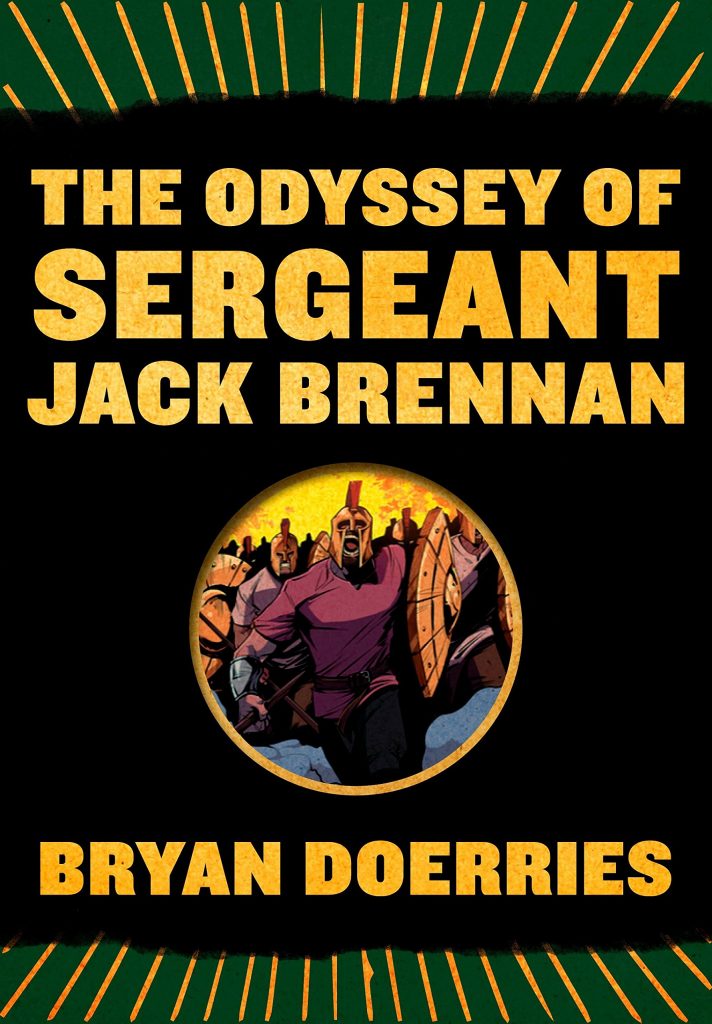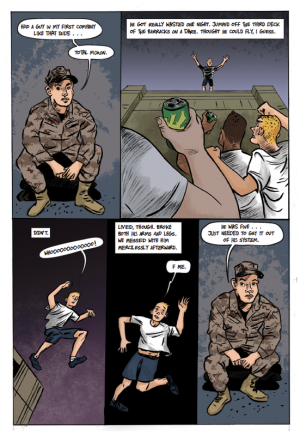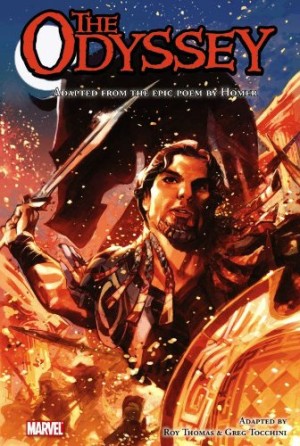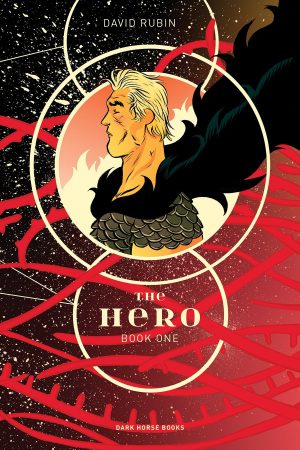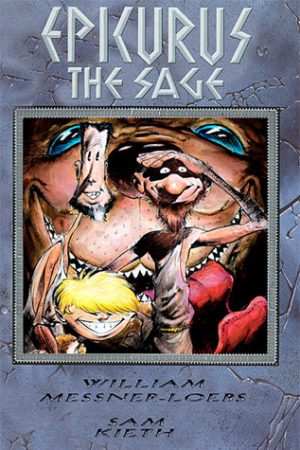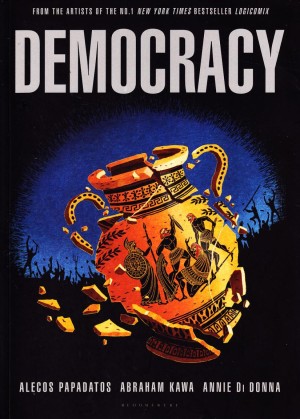Review by Frank Plowright
Homer’s Odyssey is one of the great adventure stories, surviving almost two centuries of oral storytelling before the arrival of the printing press. It tells of the fraught journey home taken by Greek hero Odysseus after taking part in the Trojan Wars. It’s close to the heart of Brian Doerries, who runs a theatre company presenting ancient Greek plays to war veterans to initiate discussions about their experiences.
Not as welcome is only Doerries’ name appearing on the cover, when the 150 pages were drawn by five different artists. It’s all the less impressive considering so much of the plot is taken from Homer’s work. Doerries creates the framing sequences, in which Sgt Jack Brennan gathers a bunch of soldiers due to fly home from Afghanistan the following day and tells them stories from The Odyssey, spliced with his own experiences and those of other returning soldiers. Brennan uses these to explain how for most modern day soldiers it’s not just a matter of heading home and settling back into civilian life. They carry their experiences with them, and these can re-emerge several months after all has seemed normal.
Jess Ruliffson draws more pages than anyone else by virtue of being allocated the pages featuring Brennan and the incidents related by his troops. Hers is a very basic style, which doesn’t compare well with pages produced by more professional artists. For the sample spread her art is contrasted with Dylan Meconis, who doesn’t have the track record of Nick Bertozzi or Joëlle Jones, but has an equally appealing style. Justine Mara Anderson is more a work in progress, good with design and layouts, but not as comfortable with people.
Doerries is selective with excerpts from The Odyssey, choosing sequences that reflect modern day experiences. The story of the Lotus Eaters has an obvious connection with drugs, but Doerries draws more subtle lessons from other scenes. Overall it’s a novel approach, and the ancient stories are strong enough to withstand repeated tellings and interpretations, but despite an honest and appreciative effort, the present day sequences don’t resonate as they should due to the weak art.
